Wines of Toro and Rueda, Spain
Toro and Rueda are Spanish DO (Denominación de Origen) in the heart of Castilla y Leon community. Only a short 30-minute drive separates these two regions, with the Duero river running through them.
Geography & Climate
With close proximity to the River, both regions consist of clay and sand subsoil with good dark fertile dark top soil. There is a high lime soil content, especially in Rueda.
Both regions see the same climate each year with long and hot summer and extremely cold winter. Rainfall is limited, especially in Toro where it can get hot and dry during growing season.
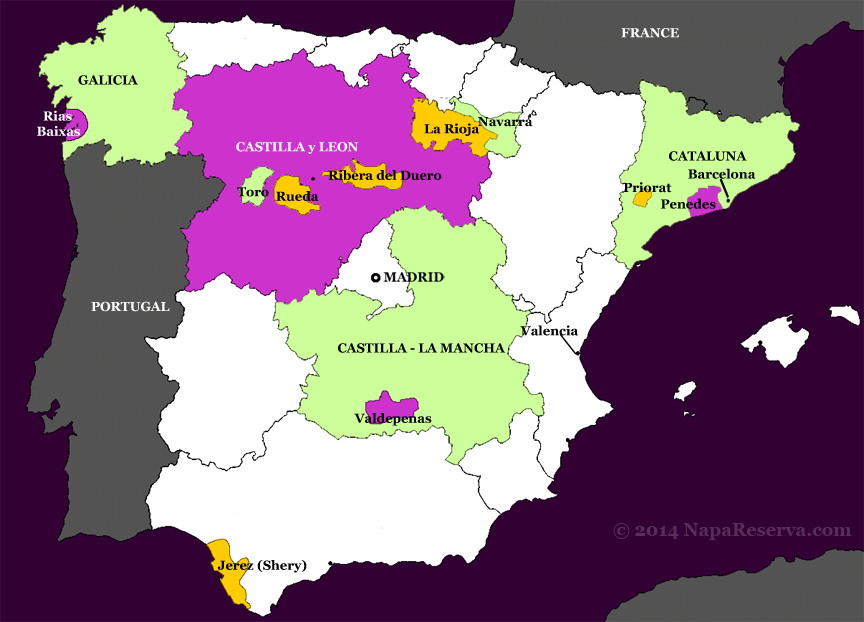 Viticulture
Viticulture
Although Toro and Rueda share many similarities in growing condition and climate, however their love affair for the vines couldn’t be more different.
While red varietals are permitted, Rueda is all about white grapes. Verdejo, Sauvignon Blanc and Viura (or Macabeo) are the region’s specialty.
On the other hand, Toro’s affair is obvious with the Spanish two most beloved grapes: Garnacha and Tempranillo or locally known as Tinta do Toro. Other white grapes planted here are Verdejo and Malsavia.
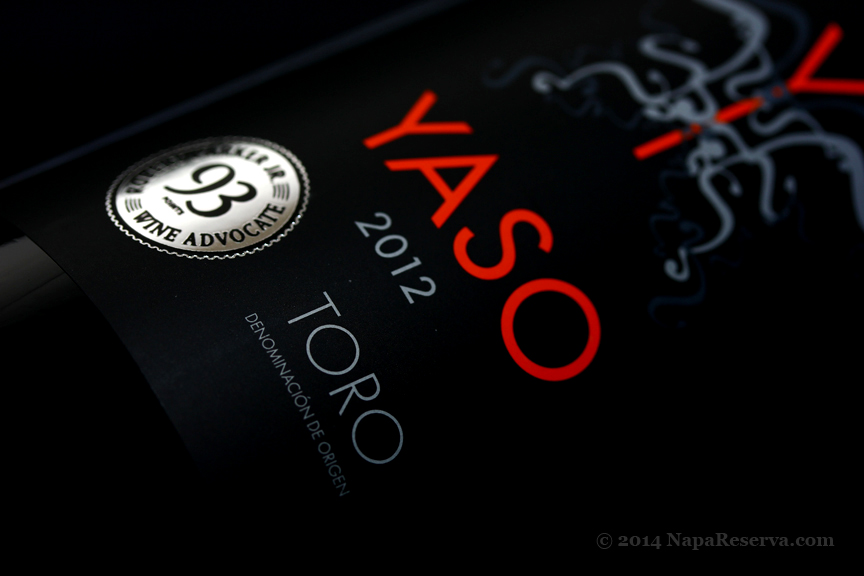
Winemaking
Having a high concentrated level of lime in its soil, perhaps that is why Rueda produces some of the most aromatic Verdejo in Spain. White wines from Reuda are known to have notes of perfumes, tropical fruits and orchard flowers. The majority of wines are made with Verdejo with a small amount of Sauvignon Blanc and Viura (or Macabeo)
In contrast to Ruedo, Toro is all about Tempranillo, which accounts for over 90% of the grapes planted in the region. Tempranillo is an earlier-ripen grape, Toro has hot and long summer combined with lack of rain, the grapes can be concentrated in flavors making for a more intense and powerful wine. Similar to Rioja and Ribera del Duero, Toro wines can be labeled as Joven, Crianza, Riserva and Gran Reserva -based on their aging requirements.

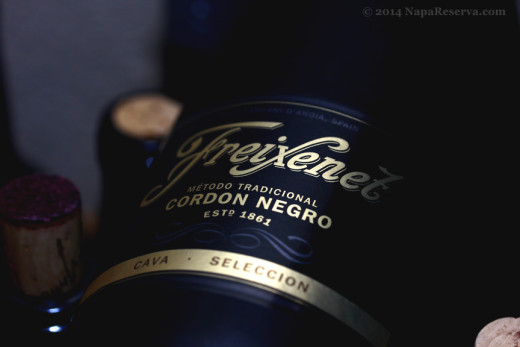
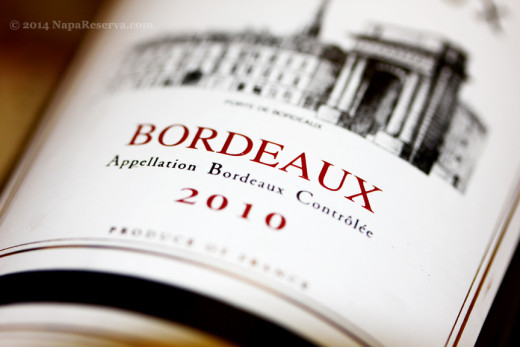
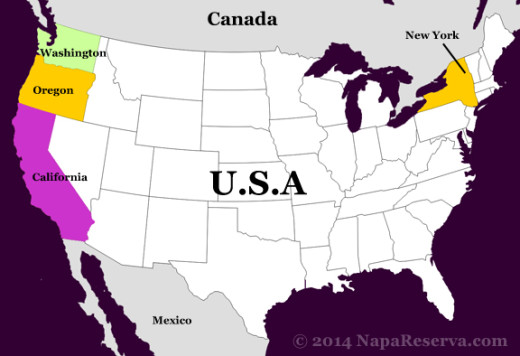
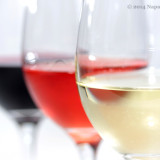
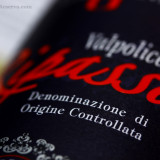

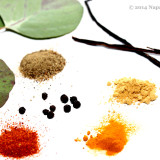
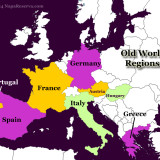

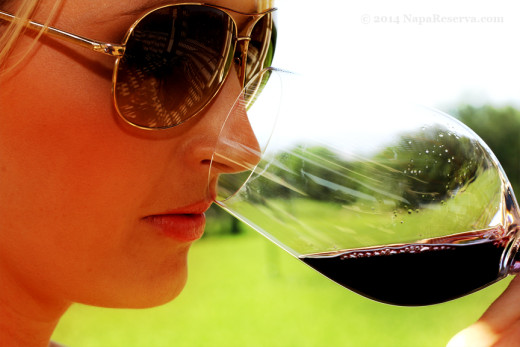

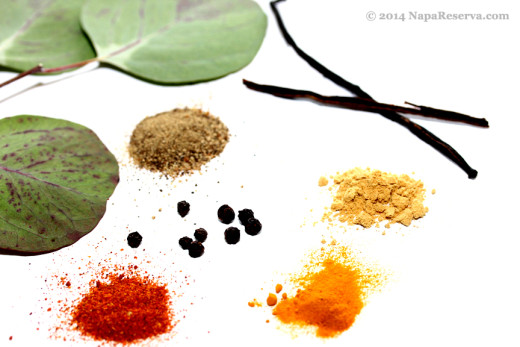
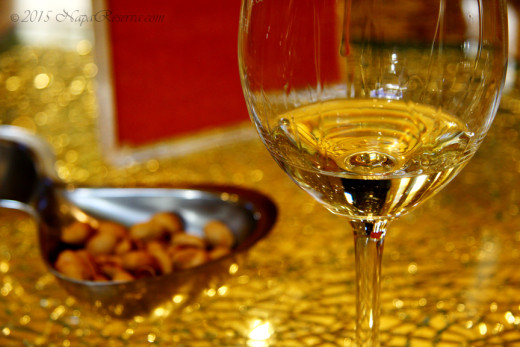


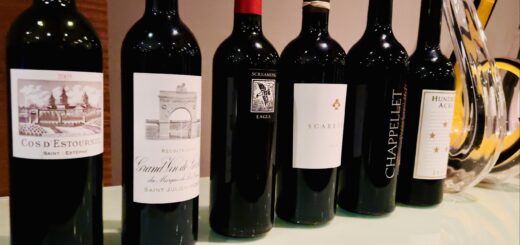
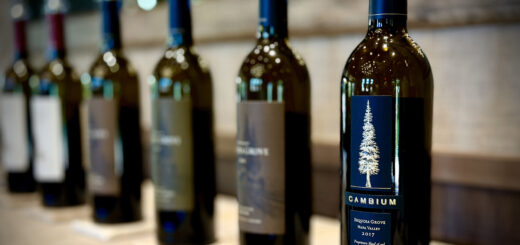
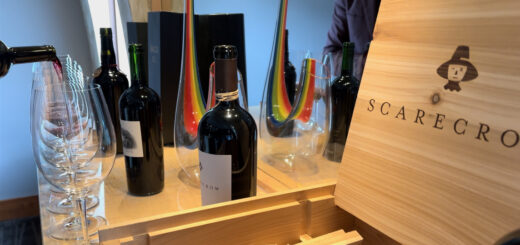

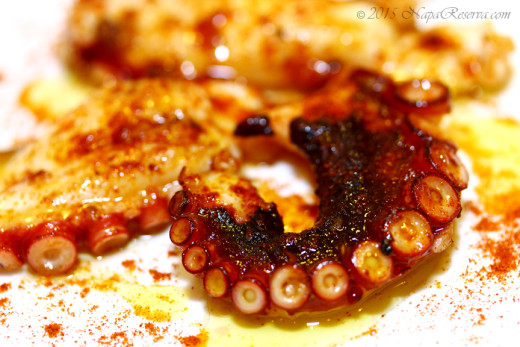
1 Response
[…] Download Image More @ http://www.napareserva.com […]